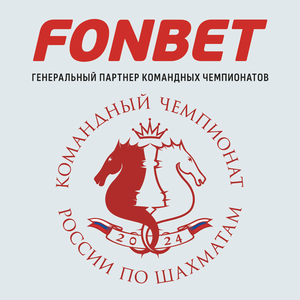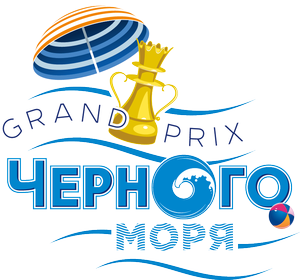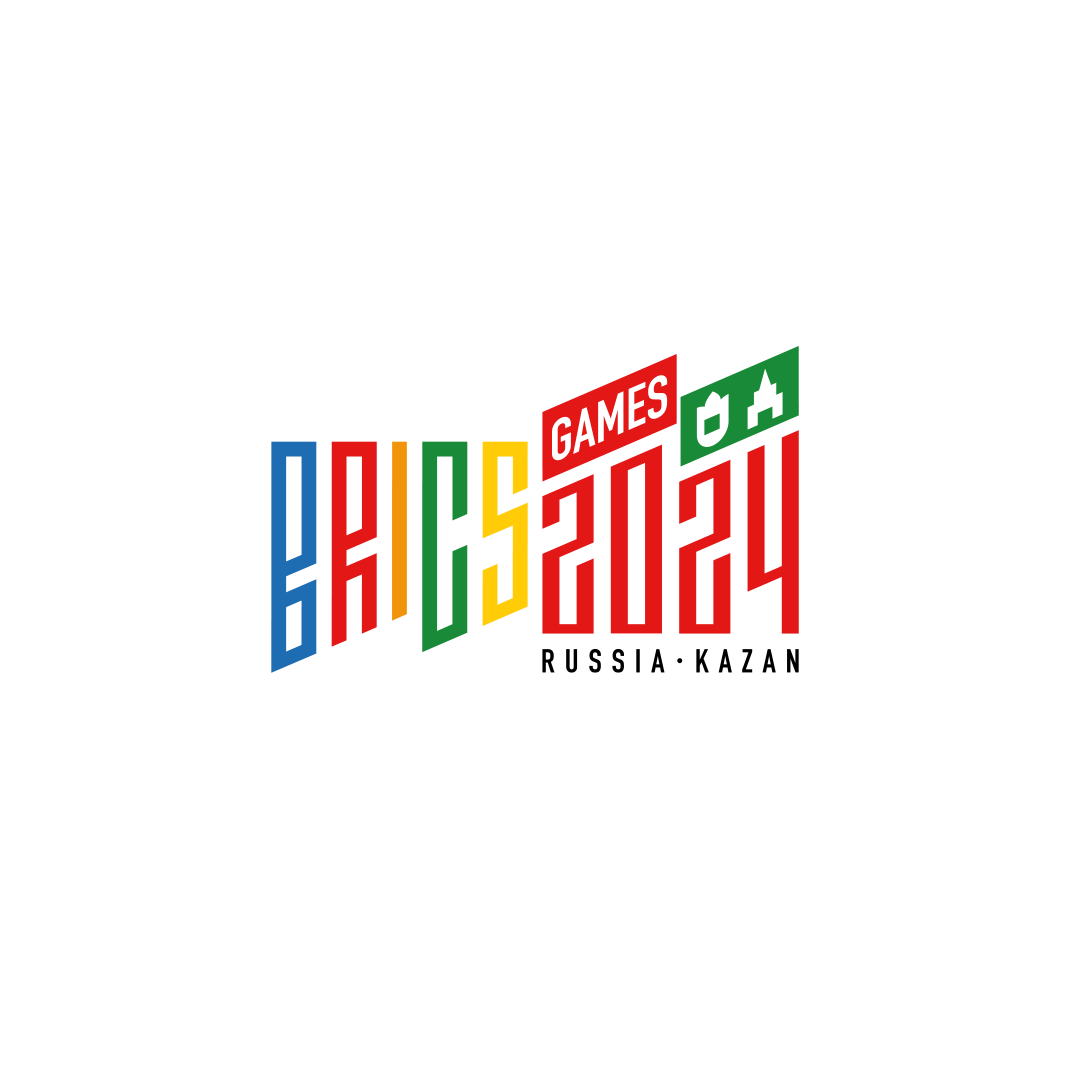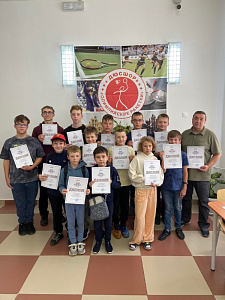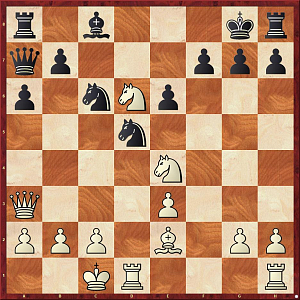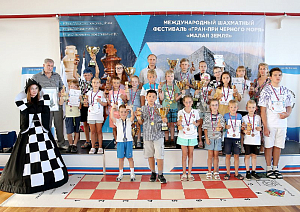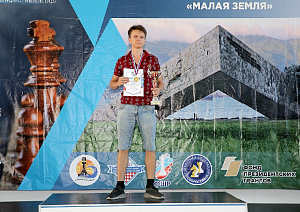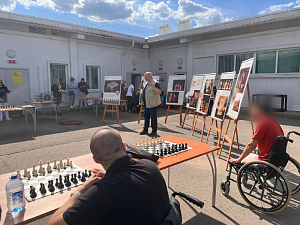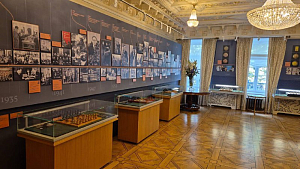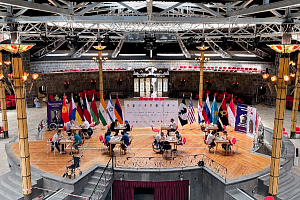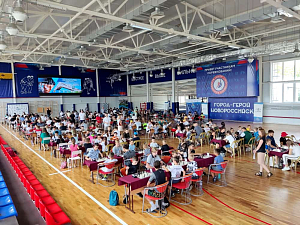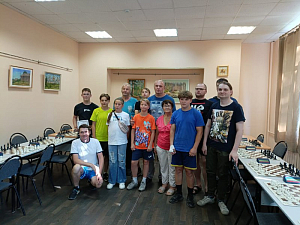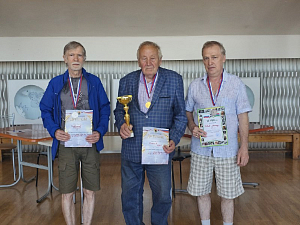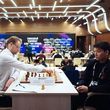Person of day - 8 OCTOBER 2023
VIACHESLAV RAGOZIN
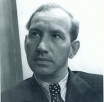
He became a master in 1930 when he won a match against Ilyin-Zhenevsky 6:4. 16 years later, he attained the highest chess title after beating Bondarevsky 8:4. Between these two matches there were national championships, Moscow and Leningrad championships, where Ragozin performed admirably. In the 1937 Soviet championship, he split 2nd-3rd places. He also won the Leningrad championship twice and took home a bronze medal from the Moscow championship. He played for the Soviet team against USA and England, and in 1948 he participated in the inter-zonal tournament. After his emergence in the international arena in 1936, he came fifth at the 1936 Moscow championship and in 1947, he came second at the same tournament, ahead of Keres, Boleslavsky, Bondarevsky, Kotov and Gligoric.
In a commentary on Ragozin’s victory over Lilienthal at the Moscow international tournament in 1935, which won a prize for the best game, Capablanca wrote: “Ragozin managed to anticipate everything in that game, and that is a sign of his enormous skill.” Botvinnik noted that “Ragozin had a good intuition and a wonderful eye for combinations”. Ragozin was friends with Botvinnik for many years; he was also his trainer and second in the match-tournament for the 1948 world championship and for Botvinnik’s match against Bronstein in 1951. There have been many training matches played between Botvinnik and Ragozin.
Ragozin made a valuable contribution to the theory of openings. Among his better-known findings are his analyses of the Queen’s Gambit (which has the Ragozin Defence that is highly relevant today), the Ruy Lopez, the Sicilian, Dutch, Slav and Grunfeld, and Two Knights Defences.
Ragozin successfully played correspondence chess, winning the second world championship. He was recognised in the chess world and from 1950 to 1961, he was the Vice-President of FIDE. Viacheslav’s achievements in promoting chess can hardly be overstated, since he was the editor of Chess in the USSR and Chess Bulletin.









